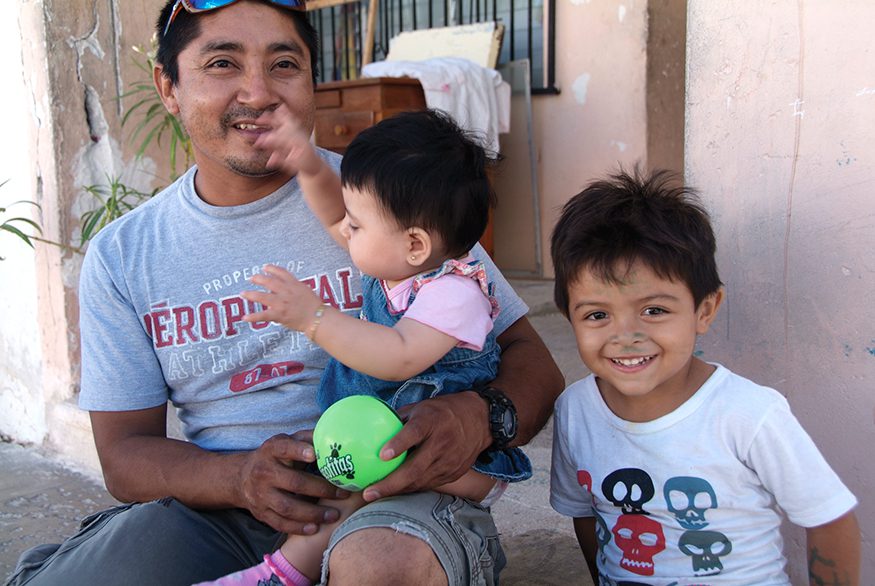By Christian Martinez
In my previous blog, Equitable Access to Organic Foods: Why It Matters, I emphasized the urgency of applying a racial equity lens to access to organic foods and other nutritious foods. This could lead to policies that would expand the access of communities of color to foods that are more nutritious. In turn, that would help individuals and families improve their health.
The limited access to healthy food of people living below the poverty line, who are disproportionately people of color, is one factor that helps explain the racial health disparities in diseases such as obesity, diabetes, and heart disease. In order to end hunger by 2030, everyone must have equitable access to healthy, nutritious foods—but this has not yet been achieved.
COVID-19 is affecting people of color more severely than whites. A virus itself cannot exhibit bias, but the data tell us that so far, people of color have both a greater risk of becoming infected and a greater risk of death if they become ill. African Americans, Latinos, and Indigenous communities all face obstacles that make them more likely to contract and die from COVID-19 than whites, but the greatest disparities impact the African American community.
National data show that for every 100,000 African Americans, about 26 have died, compared to 11 of every 100,000 Latinos, 10 among Asians, and nine among whites. Moreover, in six states and the District of Columbia, the African American mortality rate is five times the national average mortality rate. The barriers and constraints that structural racism imposes on accessing healthy, nutritious foods, discussed in my earlier blog, helps explain the racial divide in chronic diseases, which in turn helps explain why communities of color have higher rates of infection and death from COVID-19.
The factors that put people of color at higher risk are not new. We can look to the responses and outcomes of past health crises to guide preparations for future health crises. For example, public health officials reviewing the data after the 2009 H1N1 pandemic could have noticed that mortality rates were strikingly different based on race. The Indigenous, African American, and Latino communities are each a minority of the U.S. population, and their mortality rates from H1N1 were disproportionately high. Compared to their share of the population, four times as many Indigenous people, three times as many African Americans, and twice as many Latinos died. Public health officials could have investigated the causes of these disparities and begun to implement strategies designed to reduce them before the next pandemic—COVID-19, as it turns out.
Applying a racial equity lens to the disproportionate mortality rates would have drawn attention to the need to reduce underlying racial health inequities. Being in poorer health as a group made communities of color more susceptible to contracting and dying from H1N1. We know that nutrition plays a key role in health, so it would have been essential in 2009, and it is even more essential in 2020, to explore problems that played a role, such as inequitable access to healthy food options, and possible solutions. Expanding access to healthy foods as a top priority is one action that could have made a difference.
Nutrition is not the only factor in health disparities, and health disparities are not the only cause of the disproportionate impact of COVID-19. It is equally important to consider access to high-quality health care, population density in neighborhoods, the types of jobs that people of color are more likely to have than whites, access to protective equipment, and so on. But not including nutrition in the discussion would mean missing important potential solutions.
More broadly, understanding the root causes and outcomes of health crises requires much more thought as to how communities of color are affected. Federal and state governments should continue to strive to make access to resources, such as nutritious foods, racially equitable to help meet the goal of ending hunger by 2030. What they should also consider is how prioritizing the application of a racial equity lens to health crises can help prevent racial inequities during future health crises. This will make our country better equipped to reduce hunger and to maintain this progress.
Christian Martinez is a racial equity and hunger intern with Bread for the World Institute.



